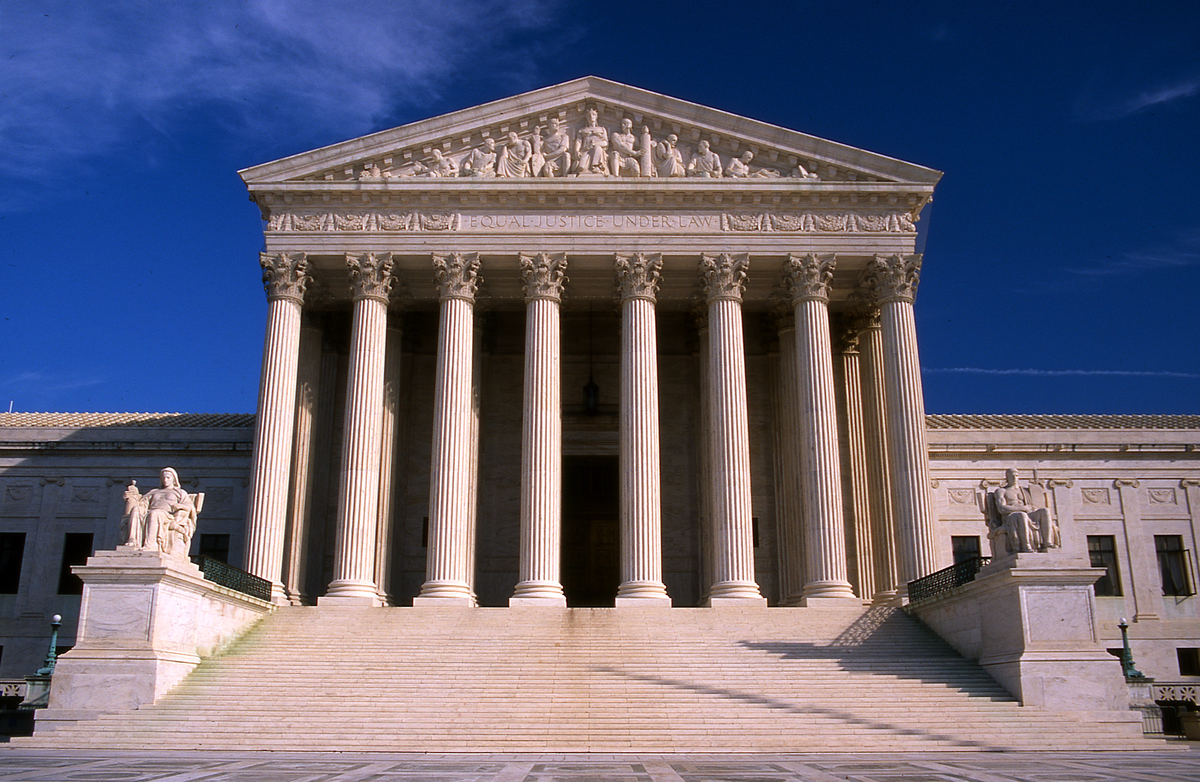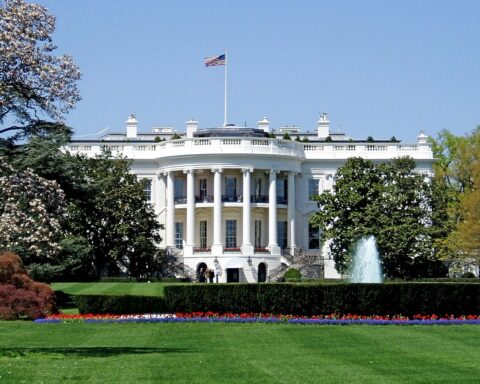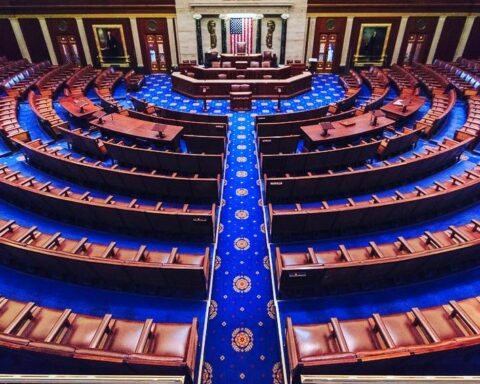In a significant development that could reshape the balance of power between the executive branch and federal bureaucracy, Chief Justice John Roberts delivered President Trump a win.
The temporary stay allows Trump to remove two Democratic appointees from independent federal agencies.
The decision marks another step in the Trump administration’s effort to assert greater control over unelected bureaucrats entrenched in Washington’s regulatory apparatus.
The ruling affects National Labor Relations Board (NLRB) member Gwynne Wilcox and Merit Systems Protection Board (MSPB) member Cathy Harris, both of whom were appointed under President Biden.
Despite statutory protections against termination without cause, the Trump administration has moved to remove officials seen as obstructing its reform agenda.
While Roberts’s administrative stay does not constitute a final ruling on the matter, it effectively blocks lower court decisions that had temporarily reinstated the two officials.
The legal battle over their removal is still unfolding, but Roberts’s action clears the way for President Trump to enforce accountability across the executive branch.
The Wilcox and Harris saga has become emblematic of the chaotic legal landscape surrounding so-called “independent” federal agencies.
The two officials have been caught in a legal back-and-forth—fired, reinstated, removed again, and reinstated once more—only to now be removed yet again following Roberts’s stay.
The Trump administration argues that statutes insulating agency heads from presidential removal violate the Constitution’s separation of powers and undermine the President’s ability to faithfully execute the law.
By targeting NLRB and MSPB members—whose agencies wield significant influence over labor policy and federal employment practices—the White House is signaling that entrenched bureaucrats will no longer enjoy unchecked power.
“This is about restoring accountability to the federal government,” a senior Trump official said, speaking anonymously.
“The American people elected President Trump to drain the swamp. That means reining in out-of-control agencies staffed with political appointees who think they’re above oversight.”
The Biden-era appointees, backed by powerful labor unions and progressive advocacy groups, have resisted many of the Trump administration’s regulatory rollbacks and reforms.
Their refusal to cooperate with new directives made them early targets in the broader government reorganization effort led by the Department of Government Efficiency (DOGE).
In its petition, the Trump administration is asking the Supreme Court to bypass the lower appellate courts entirely and rule this term on whether statutory job protections for Wilcox and Harris are unconstitutional.
A favorable ruling could pave the way for sweeping changes across dozens of federal agencies, significantly expanding presidential authority over personnel.
Chief Justice Roberts ordered attorneys for the two appointees to respond to the government’s filing by Tuesday afternoon, setting the stage for what could become one of the most consequential separation-of-powers cases in recent memory.










There is no place in the judicial system for biased judges.